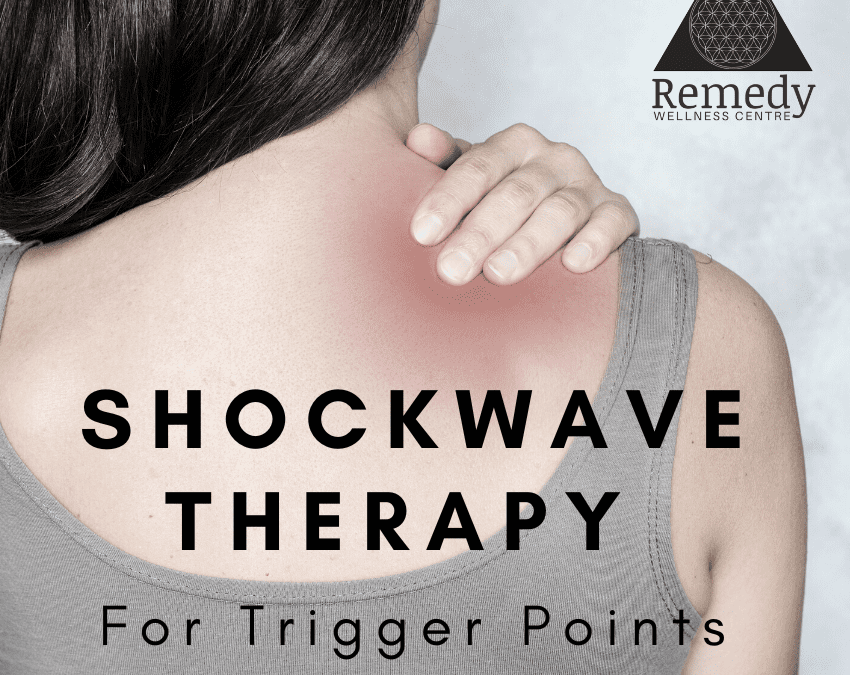What is a Trigger Point?
A Trigger Point is a hyper-irritable spot associated within a taut band of a skeletal muscle that is painful on compression or muscle contraction , and usually responds with a referred pain pattern distant from the spot. Very often there are nodules palpable within the muscle often at the size of 2-10 mm. These are mainly due to overload, an injury sustained by a fall, by stress or birth trauma. Also a lack of exercise or a bad posture can lead to trigger points.
They may result from a variety of factors:
• muscle overuse,
• mechanical overload
• psychological stress trauma,
• lack of exercise,
• respective micro trauma,
• vitamins deficiencies,
• sleep disturbance,
• joint problems,
• stress
• chronic stress on muscle ( chronic contraction)
Trigger points can be the principal cause of pain in the back, neck, shoulder and limbs. They are also often the underlying cause of TMJD and headaches, especially tension headaches. Trigger Points are associated with palpable nodules in taut bands of muscle fibers and have extremely contracted sarcomeres. The dysfunctional sarcomeres contract so tightly that they begin to cut off their own blood supply. This causes the waste products to build up. Waste product build-up irritates the sensory nerve endings which then causes even more contraction. This vicious cycle is referred to as “metabolic crisis”.
Symptoms of Trigger Points
- Motor Control Dysfunctions,
- Muscle weakness or imbalance, altered motor recruitment , in either the affected muscle or in functionally related muscles
- Changes in Range of Motion (ROM),
- Painful movement,
- Tension headache,
- Tinnitus,
- Temporomandibular joint problems,
- Pain when mechanically stimulated,
- Postural abnormalities when they are located in the postural musculature
Treatment of Trigger Points with Shockwave Therapy
Shockwave therapy forTrigger Points is applied following a set protocol. The practitioner will review your history history, and do some orthopaedic testing to better understand the clinical history behind the condition. It is important to make sure that the condition being treated is actually Trigger Points and is treatable with shockwave therapy. The mechanism of action is that the delivered acoustic energy unblocks the calcium pump and thus reverses the metabolic crisis in the myofilaments and releases the trigger points. During the assessment, a tender point where the pain is maximal will be located, upon which an ultrasound gel will be applied. This aids the transmission of the impulses into the desired area.
The probe will then be placed over the desired area and then treatment will begin. There is typically some pain experienced, including recreation of the trigger point referral pain, so the clinician will ensure the discomfort is minimal by adjusting the treatment settings to your comfort or tolerance level. Fortunately, shockwave therapy has a natural analgesic effect, so any discomfort diminishes as the treatment progresses. After treatment you should feel very little pain and this may last for a few days. After then an aching sensation can occur. After subsequent treatments there will be a definite improvement in symptoms leading to reduction in the original pain felt.
How many treatments are required?
With shockwave therapy, the trigger point may release with as few as one treatment or it could require 3-5 treatments.
Other methods of treatment for Trigger Points
First the exact location of the trigger point should be palpated. Massage therapy techniques like trigger point release, myofascial release, deep tissue massage, contract relax stretching, etc. can be effective in releasing the trigger point.
Predisposing and perpetuating factors in chronic overuse or stress injury on muscles must be eliminated, if possible.
Posture training and education about good and bad postures and initiate it in ADL and lifestyle because lack of exercises and bad posture can provoke trigger points
Stretch of tight and shortened muscle
The terms “ischemic compression” and “myotherapy” have been used to describe treatment in which ischemia is induced in the TrPt zone by applying sustained pressure. However, this principle is questionable, since the nucleus of the trigger point intrinsically presents important hypoxia . Simons et al. described a similar treatment modality, though without the need to induce additional ischemia in the TrPt zone (TrPt pressure release). The aim of this technique is to free the contracted sarcomeres within the TrPt. The amount of pressure applied should suffice to produce gradual relaxation of the tension within the TrPt zone, without causing pain, yet both techniques show imitate significant improvement of the ROM after treatment.

